
|
SuperTeacherTools |
|

|

|
They are formed by different methods.
480 feet
Deposition and Burial
Compaction and Cementation
They are found in rock that is layered.
Magma
380 feet
Heat
Pressure
Metamorphism
The continents were once connected
or
Pangea
Sedimentary
37 in - 39 in
They are not found on the bottom layer of rock.
The lithospheric plates must converge (collide).
Mountain formation.
Volcanoes formation
Mountain formation
Earthquake occurance
Early horses
Volcanic activity
Volcano formation
Earthquake
Mountain formation
calcite
360 feet
Theory of plate tectonics
Fossil shells embedded in the rock can be seen with a hand lens.
Diverging lithospheric plates.
D, C, B, A
Heat
Pressure
Metamorphism
Melting
B or C
380 feet
According to the diagram, an igneous rock is formed from this
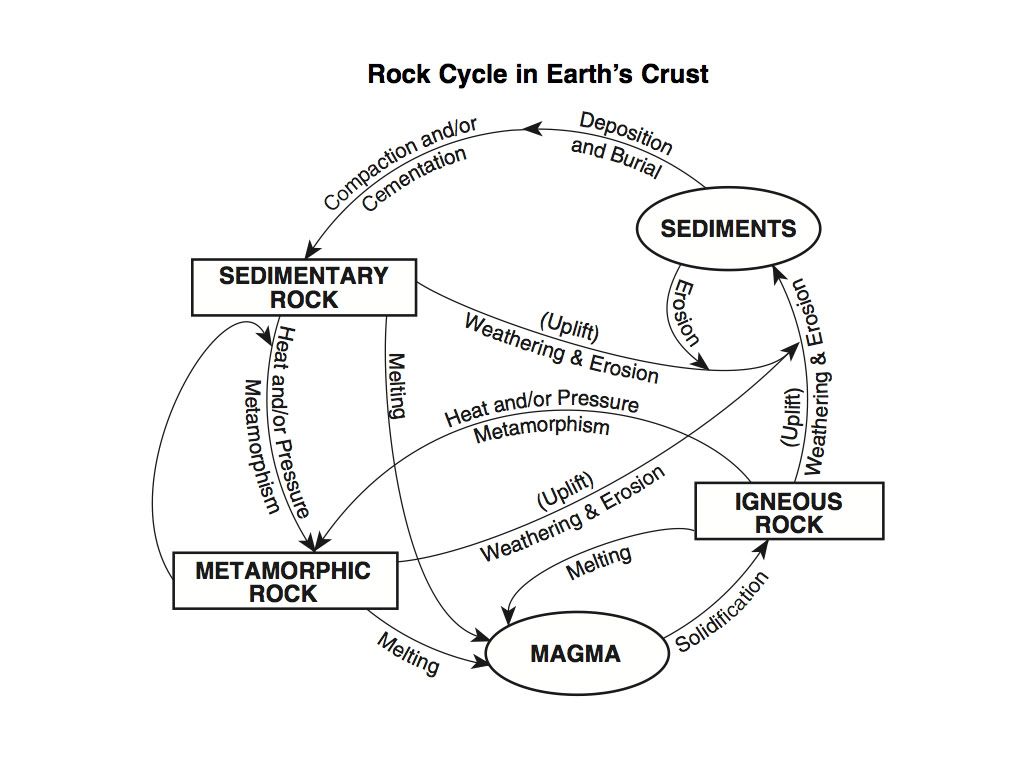
According to the diagram, this is the sequence of fossils from oldest to youngest.
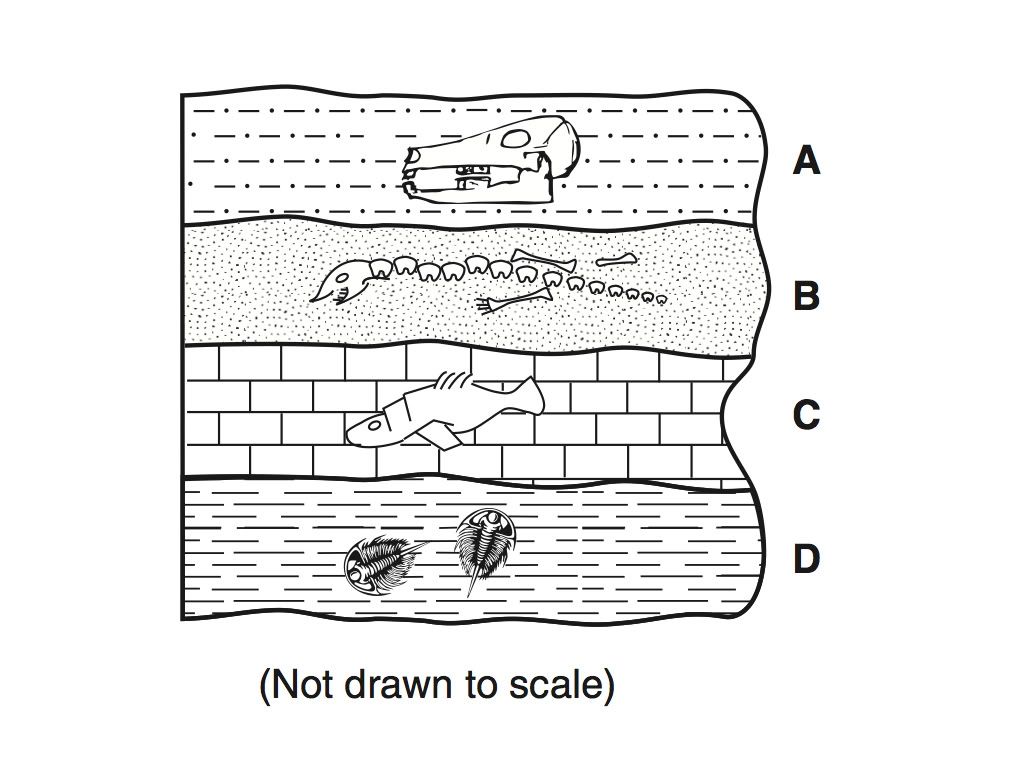
This is the elevation of the pink dot.
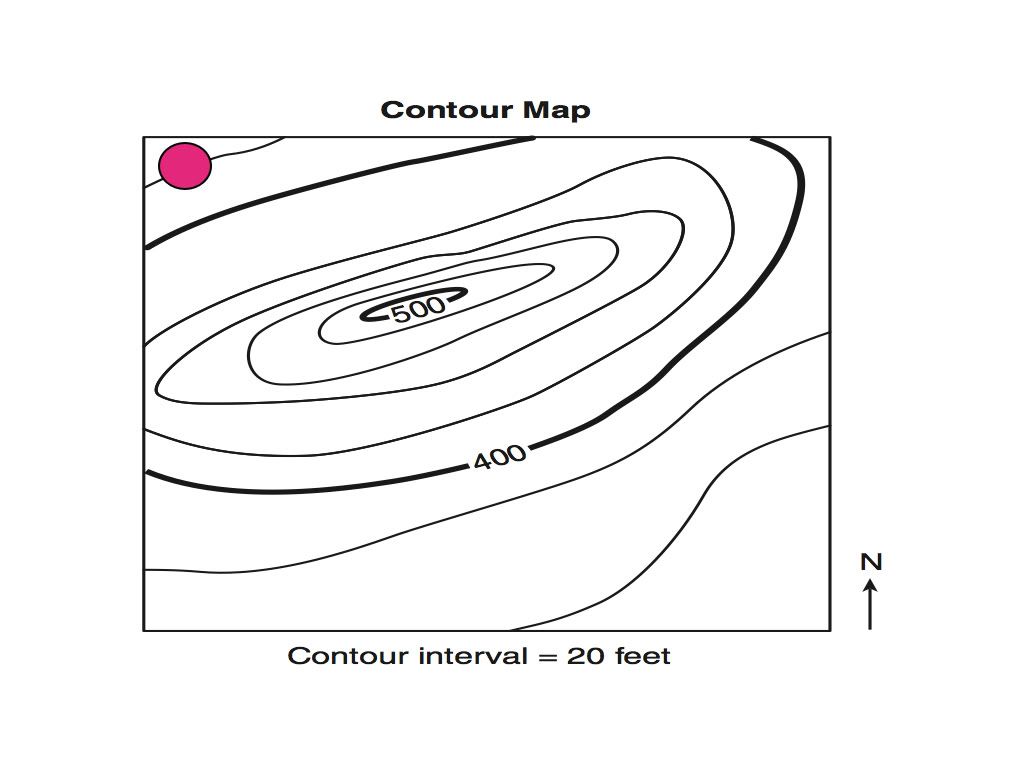
This is another geologic event that can occur in earthquake prone areas.
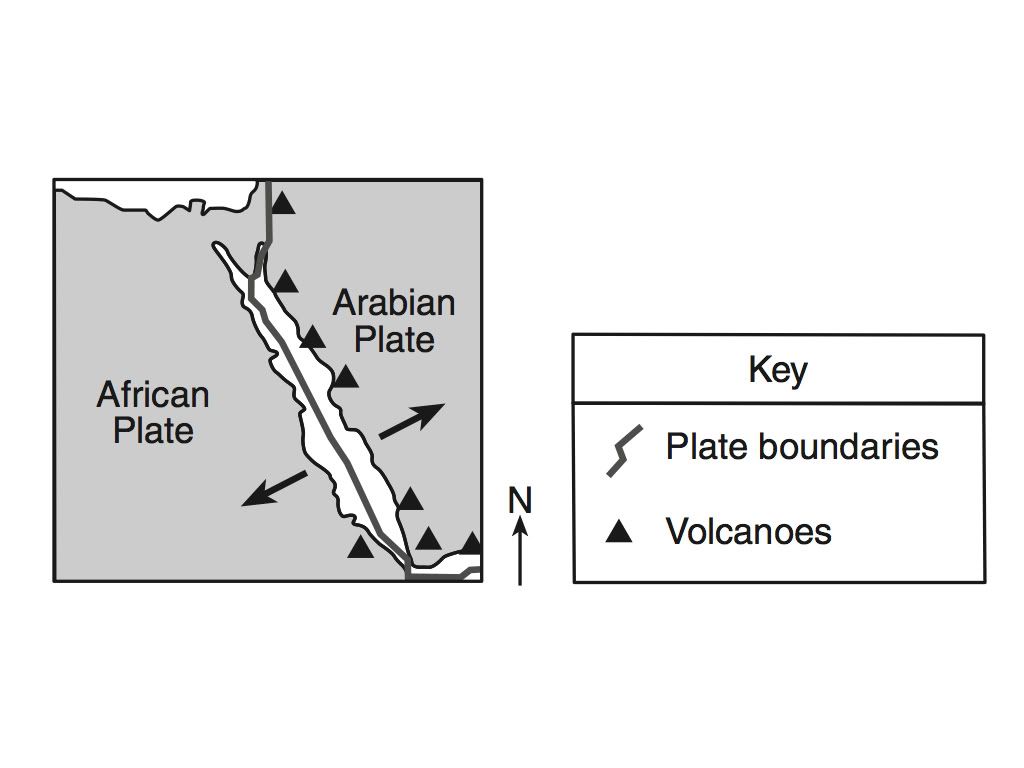
The arrows on the map represent this.
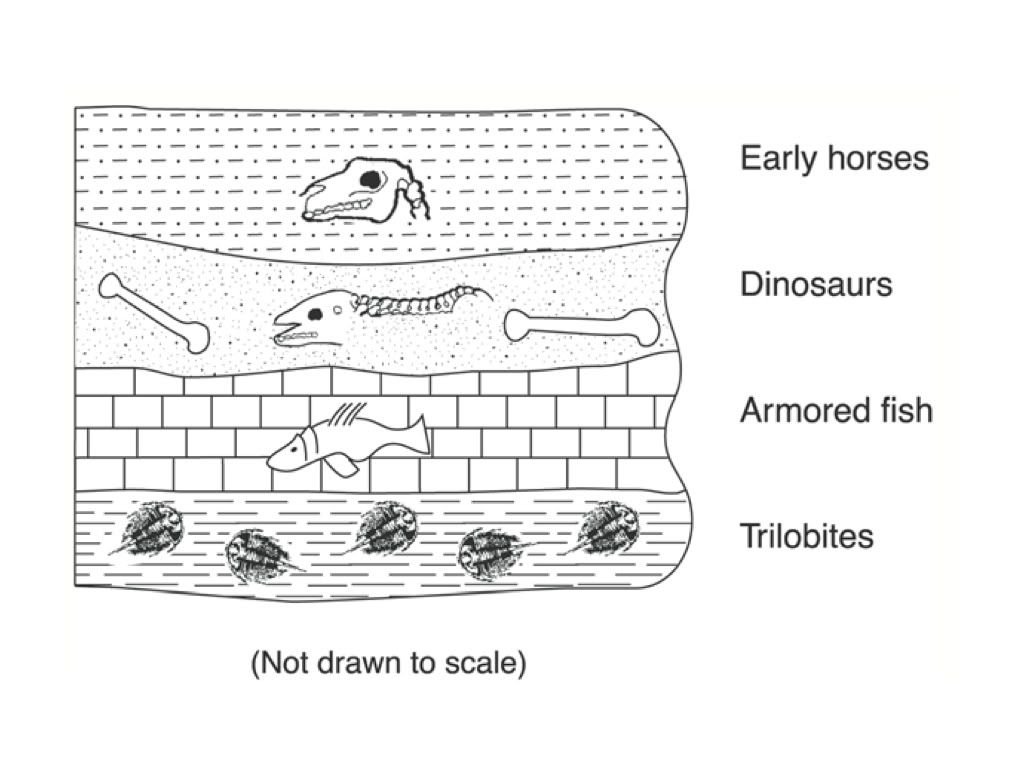 This explains why these fossils are not the same age.
This explains why these fossils are not the same age.
 This is the lowest elevation shown on this map.
This is the lowest elevation shown on this map.
This is neither the oldest nor the youngest rock layer.

 According to the diagram, these two processes must occur in order to change sedimentary rock into magma.
According to the diagram, these two processes must occur in order to change sedimentary rock into magma.
These are three geologic events that occur when lithospheric plates converge or diverge.
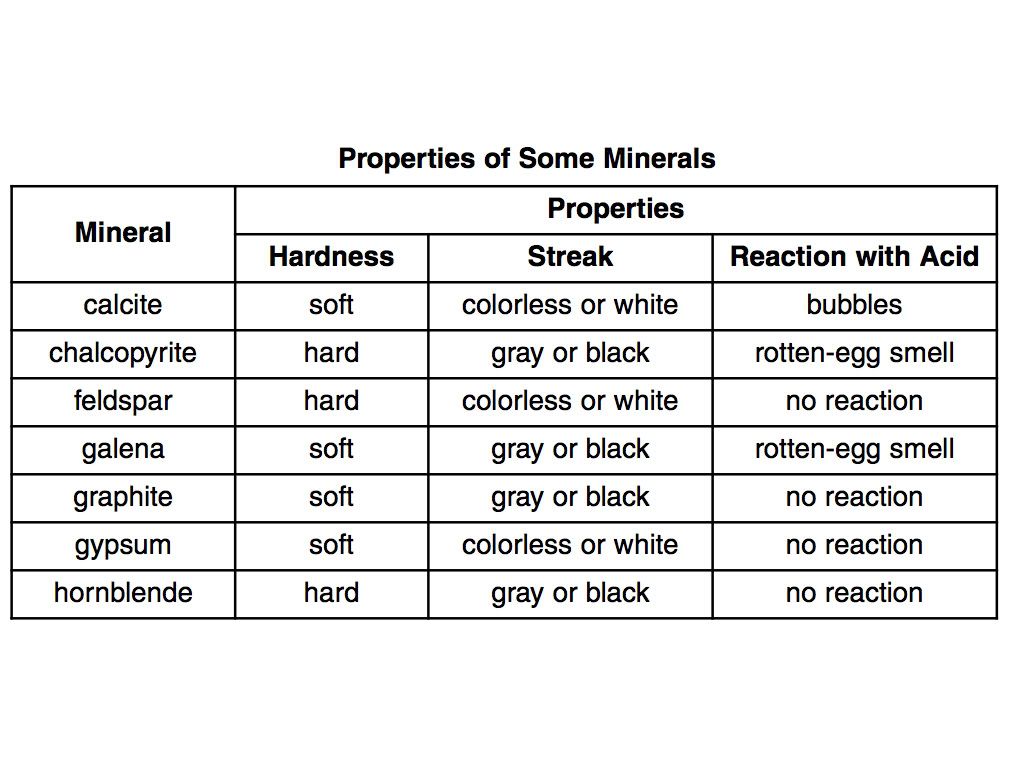 According to the table, this mineral is soft, has a colorless or white streak, and bubbles when reacting with acid.
According to the table, this mineral is soft, has a colorless or white streak, and bubbles when reacting with acid.
This must happen for an earthquake to occur.
According to the diagram, this was the probable amount of rainfall, in inches, for Waterbury, Vermont, for that year.
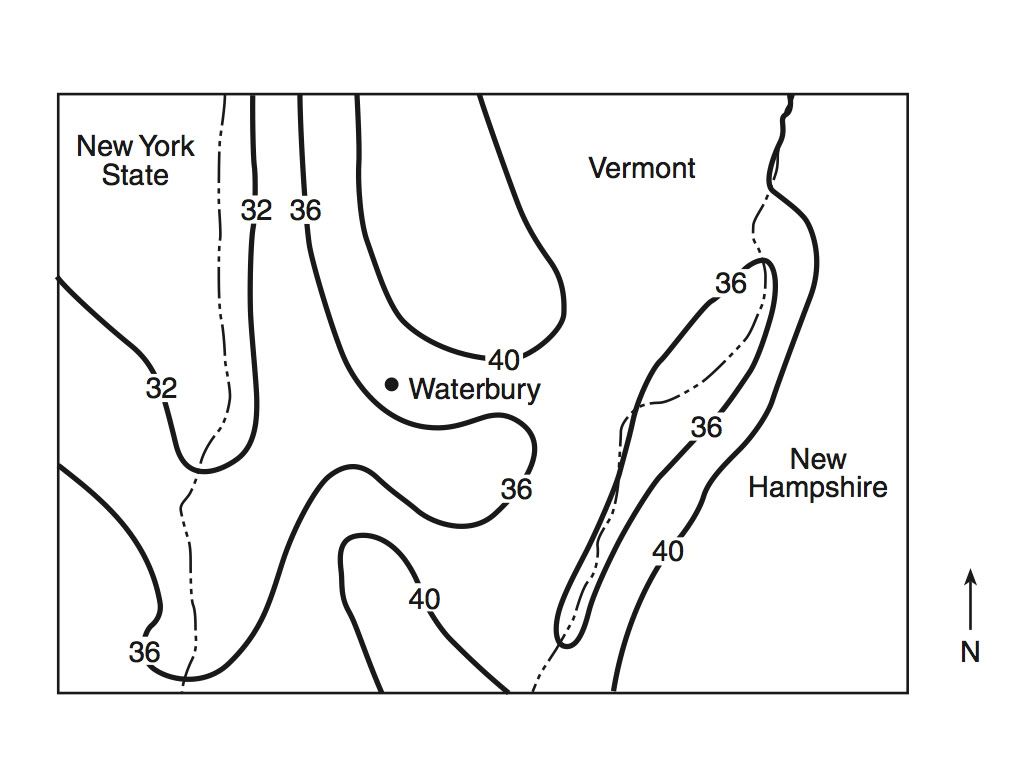
Any rock can be turned into a sedimentary rock by

The following four statements were made about a rock:
- The rock is mostly gray with white speckles on the outside surface.
- Fossil shells embedded in the rock can be seen with a hand lens.
- The rock has a smooth surface.
- The smooth surface is most likely the result of weathering and erosion over many years.
Of the above, this statement supports the conclusion that this rock is sedimentary.
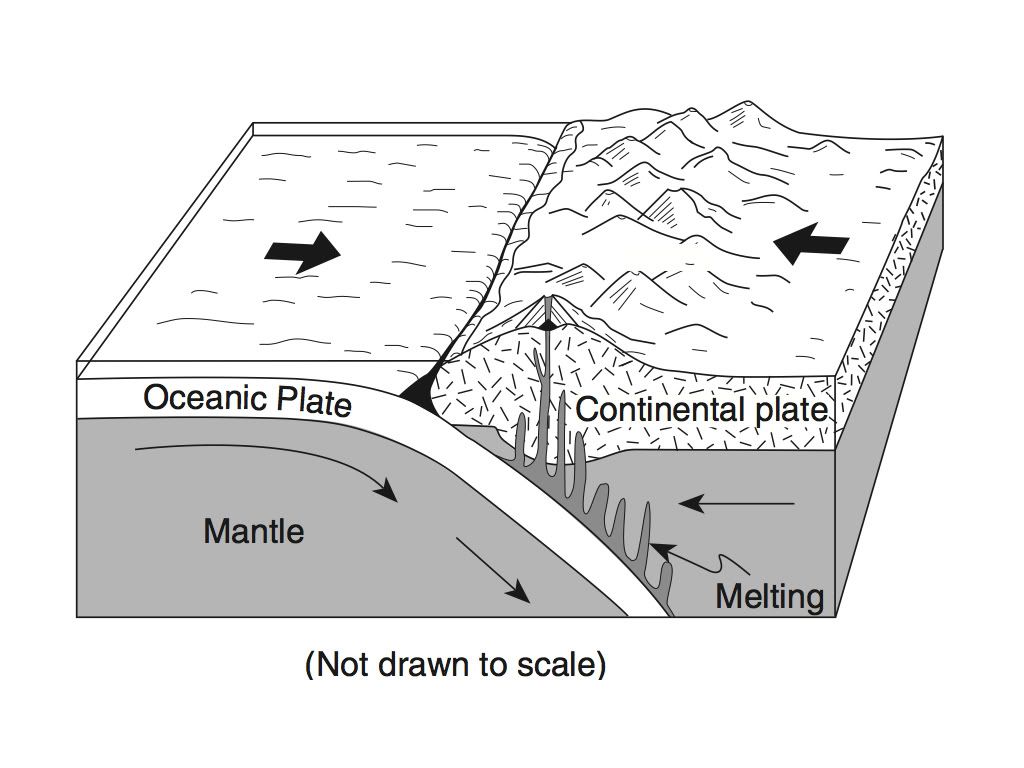 This is one of the geologic event that occurs near this type of crustal plate boundary.
This is one of the geologic event that occurs near this type of crustal plate boundary.
This theory is used to explain movement of crustal plates.
This is the elevation of the green dot
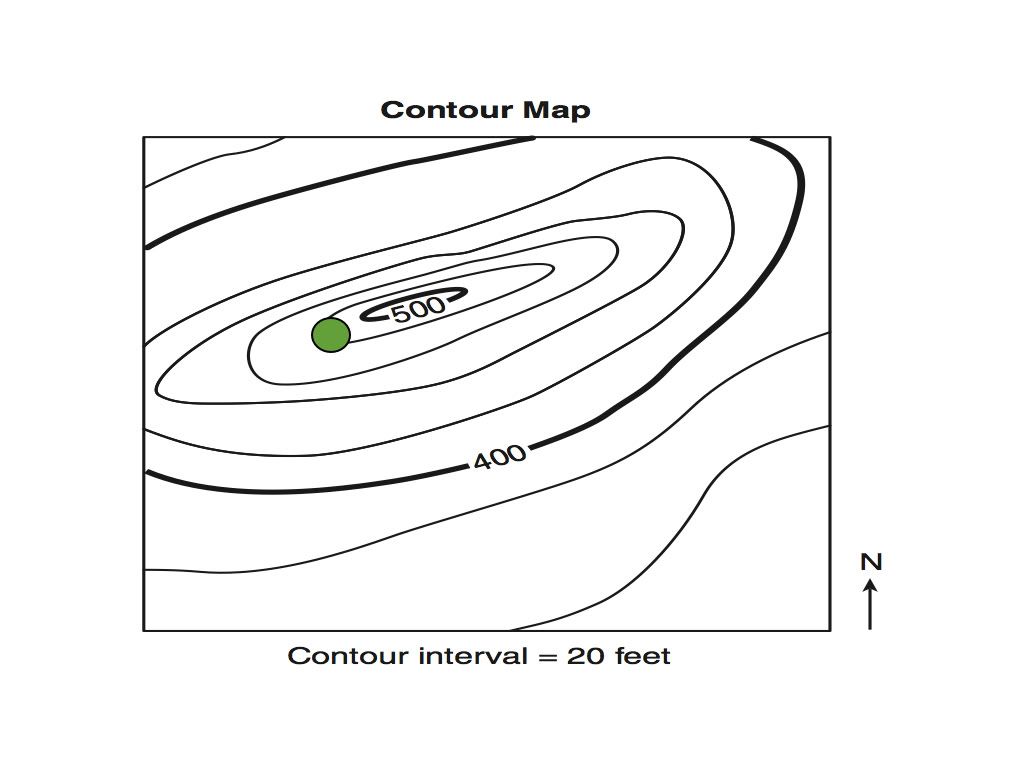
 dThis is the elevation indicated by the blue dot.
dThis is the elevation indicated by the blue dot.
According to this diagram, the dinosaurs are not the oldest fossils becuase

 This is the youngest fossil shown in the diagram.
This is the youngest fossil shown in the diagram.
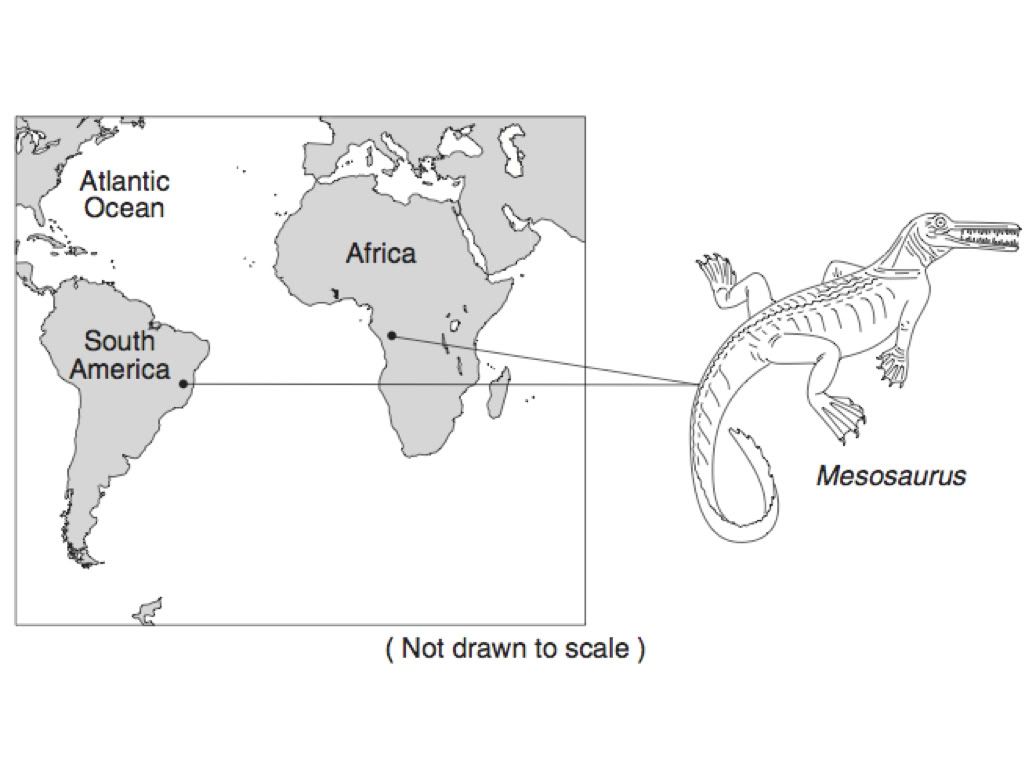 The diagram shows two locations where fossils of Mesosaurus have been found.
The diagram shows two locations where fossils of Mesosaurus have been found.
This can be explained by
Rocks that have the same chemical makeup can be classified as different rocks for this reason.

According to the diagram, these two processes must occur in order to change igneous rock into metamorphic rock.
Fossils can be found in this type of rock.


| Description | Match: |
| 380 feet |
| 360 feet |
According to the diagram, this was the probable amount of rainfall, in inches, for Waterbury, Vermont, for that year.
| 37 in - 39 in |
This is the elevation of the green dot
| 480 feet |
This is the elevation of the pink dot.
| 380 feet |
| calcite |
Fossils can be found in this type of rock. | Sedimentary |
According to the diagram, these two processes must occur in order to change igneous rock into metamorphic rock. | Heat Pressure Metamorphism |
| Heat Pressure Metamorphism Melting |
The following four statements were made about a rock:
- The rock is mostly gray with white speckles on the outside surface. - Fossil shells embedded in the rock can be seen with a hand lens. - The rock has a smooth surface. - The smooth surface is most likely the result of weathering and erosion over many years.
Of the above, this statement supports the conclusion that this rock is sedimentary. | Fossil shells embedded in the rock can be seen with a hand lens. |
According to the diagram, an igneous rock is formed from this
| Magma |
Any rock can be turned into a sedimentary rock by
| Deposition and Burial Compaction and Cementation |
Rocks that have the same chemical makeup can be classified as different rocks for this reason. | They are formed by different methods. |
| Volcanic activity Volcano formation Earthquake Mountain formation |
The arrows on the map represent this. | Diverging lithospheric plates. |
This must happen for an earthquake to occur. | The lithospheric plates must converge (collide). |
These are three geologic events that occur when lithospheric plates converge or diverge. | Volcanoes formation Mountain formation Earthquake occurance |
This can be explained by | The continents were once connected or Pangea |
This is another geologic event that can occur in earthquake prone areas. | Mountain formation. |
This theory is used to explain movement of crustal plates. | Theory of plate tectonics |
| Early horses |
This is neither the oldest nor the youngest rock layer.
| B or C |
| They are found in rock that is layered. |
According to this diagram, the dinosaurs are not the oldest fossils becuase
| They are not found on the bottom layer of rock. |
According to the diagram, this is the sequence of fossils from oldest to youngest.
| D, C, B, A |